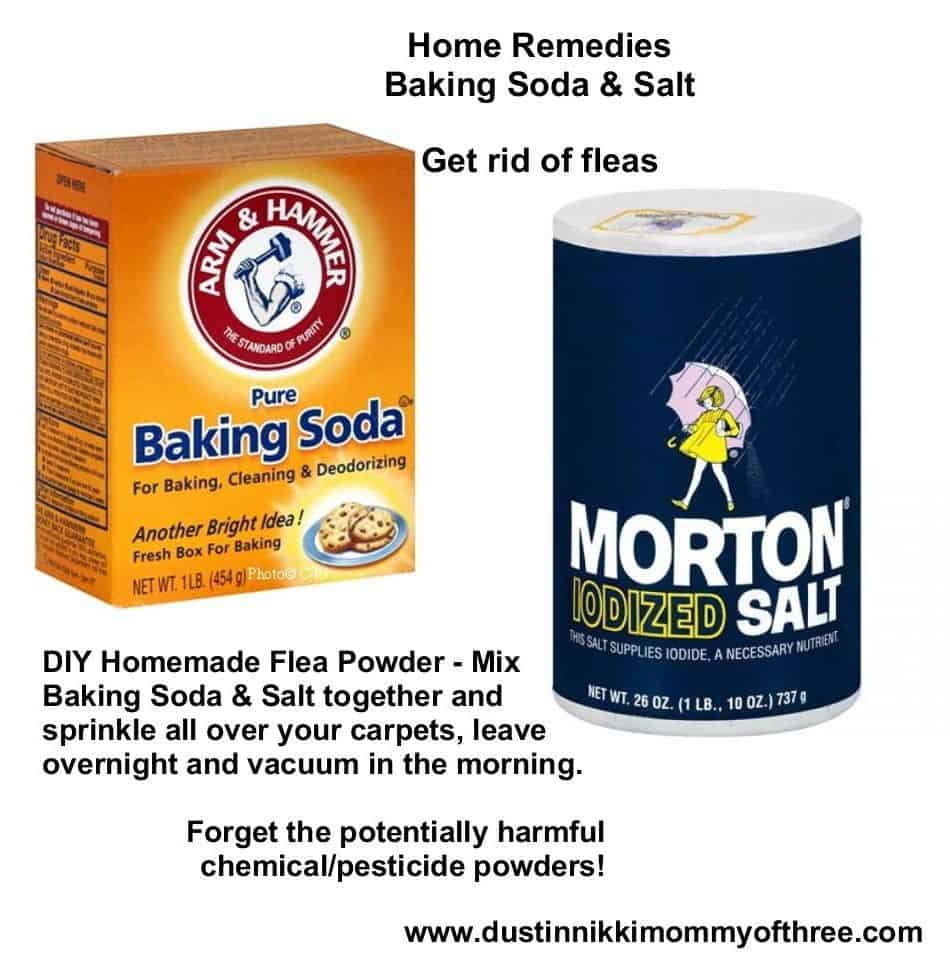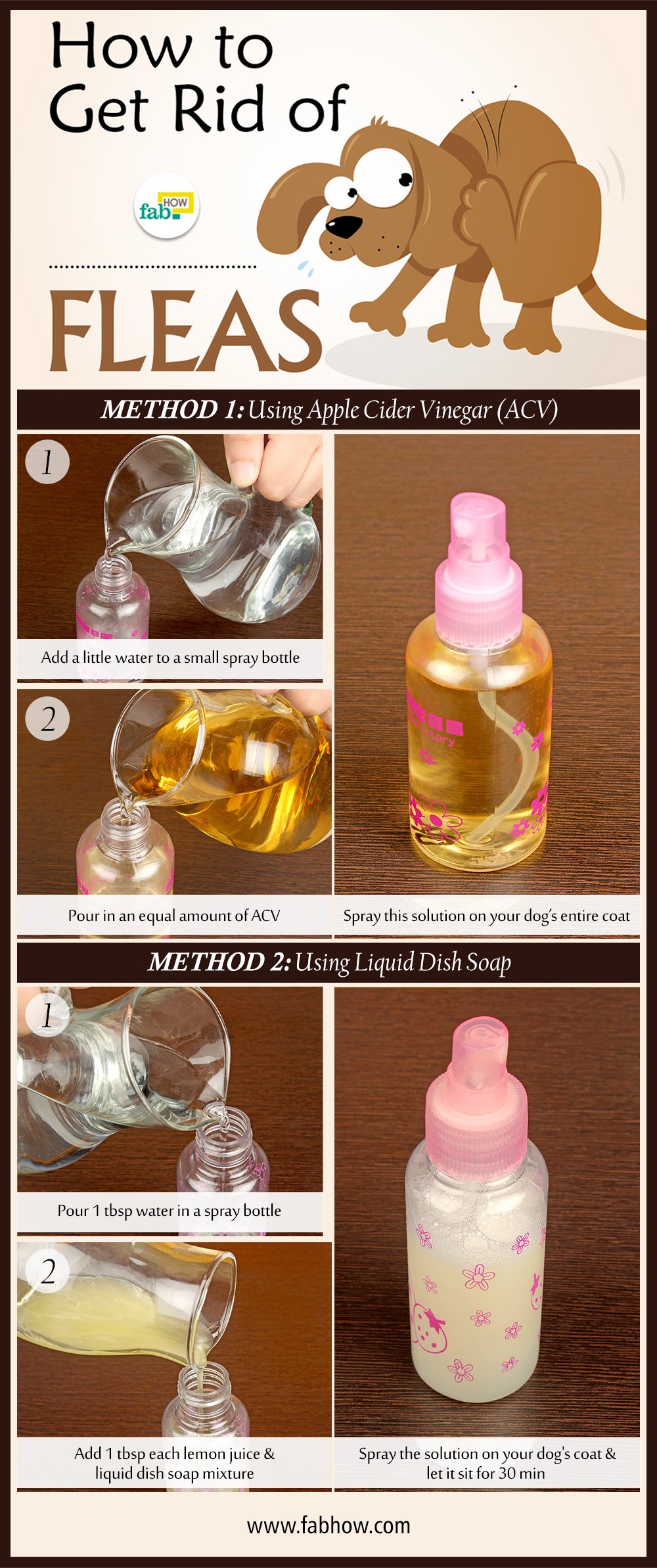Table Of Content
It is not intended to provide medical advice or to take the place of medical advice or treatment from a personal physician. All readers of this content are advised to consult their doctors or qualified health professionals regarding specific health questions. Run a flea comb or brush through your pet’s coat before giving your pet access to come in. Here's how to get rid of fleas in the house fast – and keep them from coming back.

Flea bites and what they do
Be aware that this will take some daily effort for the foreseeable future to remedy the situation. Amanda Rose Newton is a pest specialist and horticulture expert, reviewing pest control and gardening content for The Spruce's Cleaning and Gardening Review Board. Her passion for pest control and sustainable gardening allows her to review plant and pest content for best practices and accuracy. She is a board-certified entomologist and volunteers for USAIDs Farmer to Farmer program. She is a professor of Horticulture, an Education Specialist, and a pest specialist. Fleas lay a lot of eggs very quickly, and some fleas have developed resistance to medications and insecticides.
How to get rid of fleas on dogs, cats and other pets

You don’t want to expose other people to the fleas, and the chemicals used in dry cleaning may not be pet-friendly. Fleas can not only cause discomfort to your pets but also transmit diseases. Understanding the flea life cycle — from eggs to larvae, pupae and then adult fleas — is crucial in effectively tackling a flea infestation. While these cleaning measures can help you get rid of fleas in your house, do-it-yourself methods will only get you so far. The fastest and safest way to eradicate fleas in the home is to work with a licensed pest control professional. They have the tools and expertise necessary to ensure the infestation is removed properly.
Advantage II Once-A-Month Topical Flea Treatment
Seresto also offers an option for cats boasting the same flea-repelling properties. Fleas are annoying, and they can cause health problems for both pets and people. If you've noticed fleas in your home, but are concerned about potentially harmful insecticides, try natural management strategies. You'll need to combat an infestation on multiple fronts, so clean your home, groom your pet, and take steps to control fleas in your yard. With patience and persistence, it's possible to eliminate fleas without resorting to toxic chemicals. Normally, flea bites are a nuisance, though they can cause a skin condition called flea bite dermatitis in dogs and cats.
After each comb through, dunk the comb into a bowl of warm, soapy water to trap and drown the fleas. If you have pets, treating them for fleas is every bit as important as treating your home. It is important to check pets and their bedding for signs of fleas regularly. These signs include scratching, hair loss, specks in the fur, and redness and irritation.
The Best Flea Treatments for Cats and Dogs - The New York Times
The Best Flea Treatments for Cats and Dogs.
Posted: Thu, 01 Apr 2021 07:00:00 GMT [source]
How To Get Rid of Fleas in Your Yard
What's the Difference Between Fleas and Ticks? - Family Handyman
What's the Difference Between Fleas and Ticks?.
Posted: Fri, 27 Jan 2023 08:00:00 GMT [source]
But since pests carry disease, the problem can be more than merely annoying. The amount of items you can clean with a steamer could surprise you. While the appliance might be a favorite for cleaning up floors, it can be a great solution for getting rid of fleas inside the house. Back at base, dogs can enjoy the open-plan living space and garden while you fire up the BBQ and dine beneath the Cornish sky. Tranquil and trendy, the three bedrooms are tastefully decorated, and the family bathroom has a shower over the bath for hounds in need of a hose down.
Put the vacuum to work
To see where fleas are clustering in your yard, put on a pair of white socks (they need to be higher than your ankles) and any pair of shoes, and then head outside. Emily Estep is a plant biologist and journalist who has worked for a variety of online news and media outlets, writing about and editing topics including environmental science and houseplants. Going up against a flea infestation can seem overwhelming, but there’s plenty of tools at your disposal. Direct sun-exposed areas can get too hot, so you probably won’t find many fleas there. Problem areas will likely be found by observing where your pet likes to lie down. Fleas are ready to feed within a day of hatching, and begin to suck blood within 10 seconds of landing on a host.
If you are looking for simple and effective ways to get rid of fleas in the house, you've come to the right place. Most flea infestations stem from pets, but irritating pests can bite both you and your animals. If your furry friend has fleas, it's likely your home, garden and furniture will be targeted next. Once all of the fleas on your animals have been eradicated, it's time to move on to your house.
The length of time required to get rid of a flea infestation depends on your environment, and how long the fleas have been there. If the weather isn’t ideal and there isn’t a host to feed on, flea larvae may remain dormant for months while waiting for better conditions to develop. This is a key reason dealing with infestations can be so difficult. In ideal conditions, fleas will evolve from egg to adult within 2 to 3 weeks. Here are a few tips to help you make your house—and your pets—inhospitable to a flea renaissance. One of the ways on how to get rid of fleas naturally is by using dish soap.
Fleas might be persistent, but with these strategies, you're more than equipped to win this battle. Remember, a consistent approach is key to keeping your home flea-free. It is important to note that, according to the National Pesticide Information Center, there is no scientific evidence to prove that natural or home remedies are effective. It is therefore not advisable to rely solely on these types of remedies. Good Housekeeping participates in various affiliate marketing programs, which means we may get paid commissions on editorially chosen products purchased through our links to retailer sites.
Grooming your pet regularly has many benefits and will improve the bond between you. Even if, for example, you have a dog with short hair, you should still groom your dog regularly. Making this a regular routine will keep their fur cleaner and will show if your pet has any fleas or ticks. If the infestation is severe enough, you may ultimately save time and money by disposing of the bedding entirely and replacing it. If your pet recently had a flea problem, you most likely have fleas in your pet's area and around your home.
You may see hair loss and extremely itchy and irritated skin if your cat isn’t eating a high-quality diet or if they have allergies to fleas. They then hatch into larvae that can move on the host and feed on blood and flea dirt (digested blood from the adult fleas). Then they hatch, become adults, and infest their animal hosts, such as your dog. Only give your pet flea treatment that's been recommended for them, ideally one prescribed by your vet. Products suitable for one species may not be suitable for another. Some dog flea treatments contain permethrin, an insecticide that is safe for dogs but highly toxic to cats.
That includes thoroughly washing your bed sheets and your pet’s bedding, vacuuming floors and furniture and beginning a regular bathing regimen for all pets in your home. It’s also a good idea to call a professional pest management company to assess your property and determine if an insecticide would be helpful for a fast resolution. The key to successfully getting rid of fleas fast is consistent treatment of your pet and home.

No comments:
Post a Comment